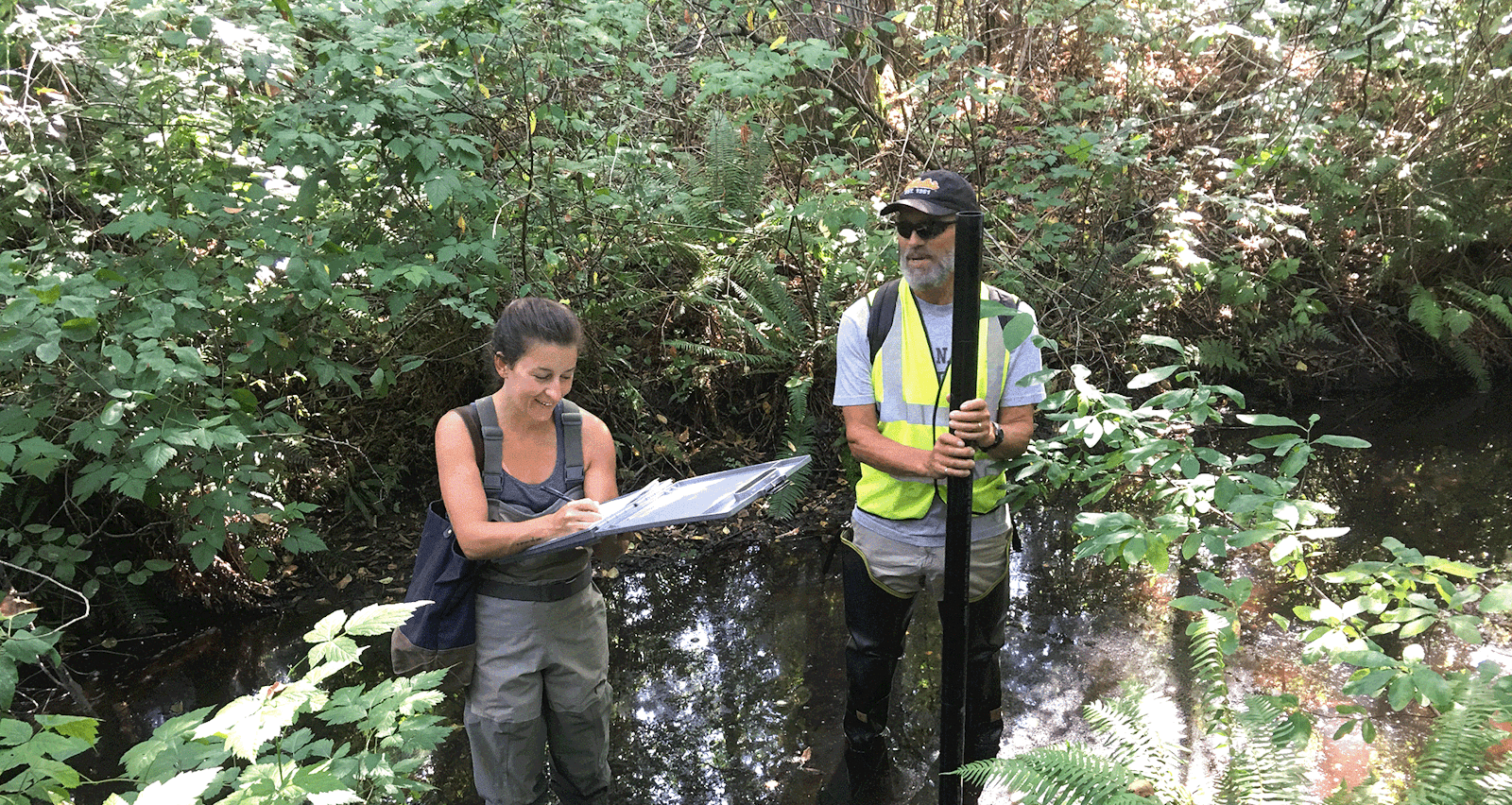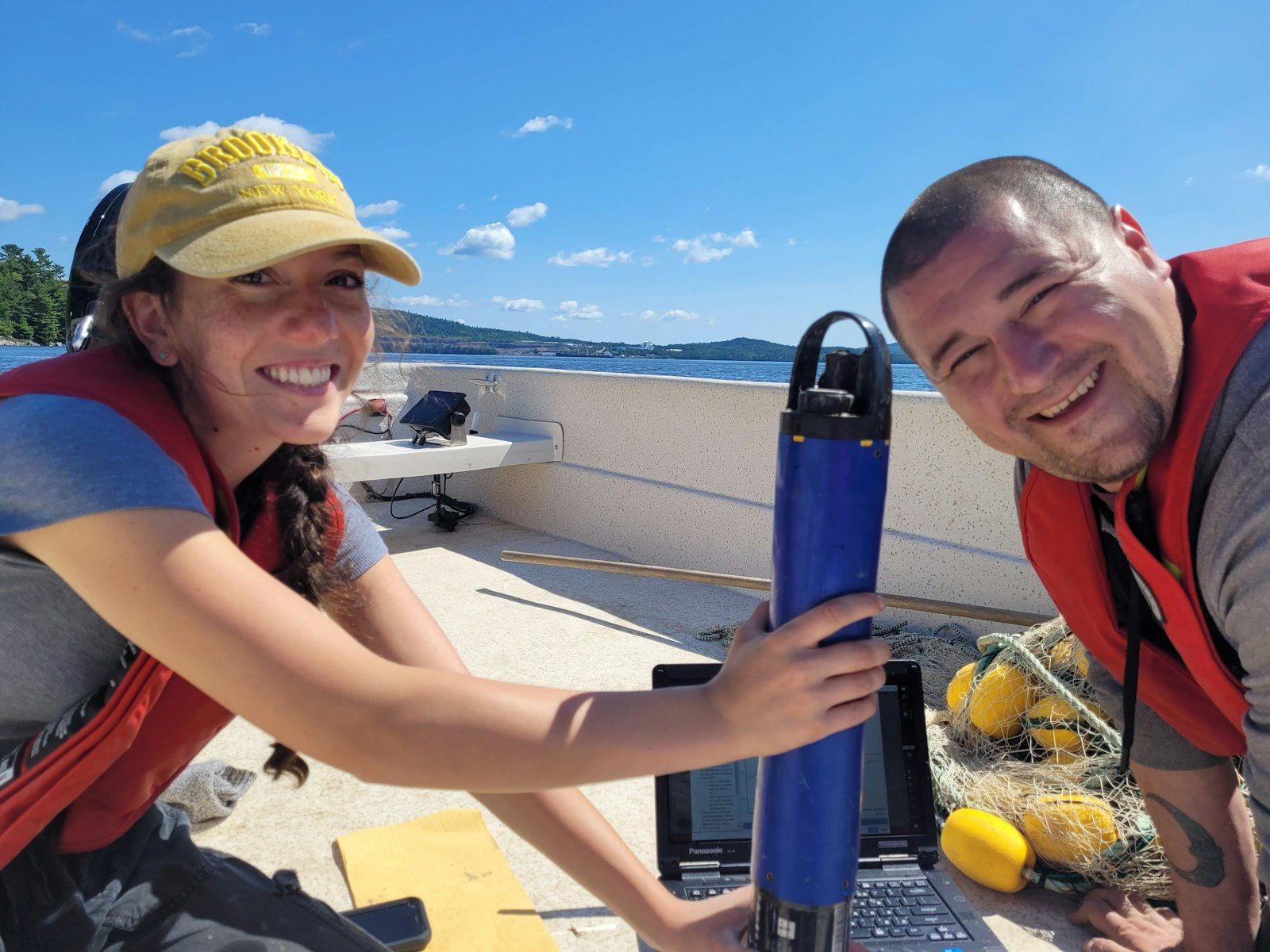Safeguarding water quality in the North Saskatchewan watershed
More than a million people depend on Steph Neufeld. As a watershed specialist at EPCOR, she keeps a close eye on the North Saskatchewan River, which provides drinking water for the city of Edmonton and the surrounding region.
Among other things, that means monitoring Edmonton’s storm water and the discharges from its wastewater treatment plant. It means tracking water quality and flow upstream and protecting the source water that the city counts on. It also means protecting the watershed for the other species living here.
To do all that, she needs to collect, clean up and crunch a lot of data.
Take the example of the source water protection review that EPCOR publishes every three years. To create the report, Neufeld’s team has to gather environmental data from several groups, including EPCOR itself, the Alberta government, government agencies and volunteer groups. However, only a small amount is available online. To access the rest, she has to submit requests. And once the data finally arrives, converting it all to a single format and translating it into graphs takes months of work.
Saving time, eliminating headaches
So during a recent watershed stakeholder presentation, she mentioned what a difference it would make to have a tool that handled all that work, freeing up her team to focus on what really matters — using that information to protect the watershed.
After her talk, the executive director of Greenland International Consulting approached her and said, “We can do that.”
The environmental consulting firm offers a suite of web-based software that helps their clients make informed decisions. To meet EPCOR’s needs, they got to work customizing their THREATS module.
THREATS — The Healthy Rivers Ecosystem AssessmenT System — makes it easy to analyze trends in water quality, flow and climate and visualize them with interactive maps and charts. Users can pull in land use data to evaluate cumulative environmental effects. They can also examine different scenarios using AI-driven predictive models.
It’s a powerful analytic tool — made even more powerful by standardized, open access water quality data from DataStream.
According to Trevor Boston, head of Greenland’s software team, good models depend on good data. And that’s why DataStream is so valuable. “It has data from almost all the provincial authorities who are collecting data. It has federal data. It has community-based data from citizen scientists. And it’s all in one place,” he says.

Screenshot of THREATS (The Healthy Rivers Ecosystem AssessmenT System) Water Quality Module
Informing decisions, kickstarting conversations
For Neufeld, the combination of THREATS and DataStream will allow EPCOR to make smart choices. She’ll be able to identify trends — like whether water quality is changing over time — and zero in on any contaminants of concern. She can make connections to land use and understand the impact of climate change effects, like earlier spring melt. And she can ensure provincial sustainability goals are being met.
“EPCOR uses science-based decision making,” says Neufeld. But the benefits don’t end there. “The data is just numbers,” she points out. “What’s important is the story it tells. Less time spent crunching numbers means more time available to understand what they mean and sharing that story with the world.”


